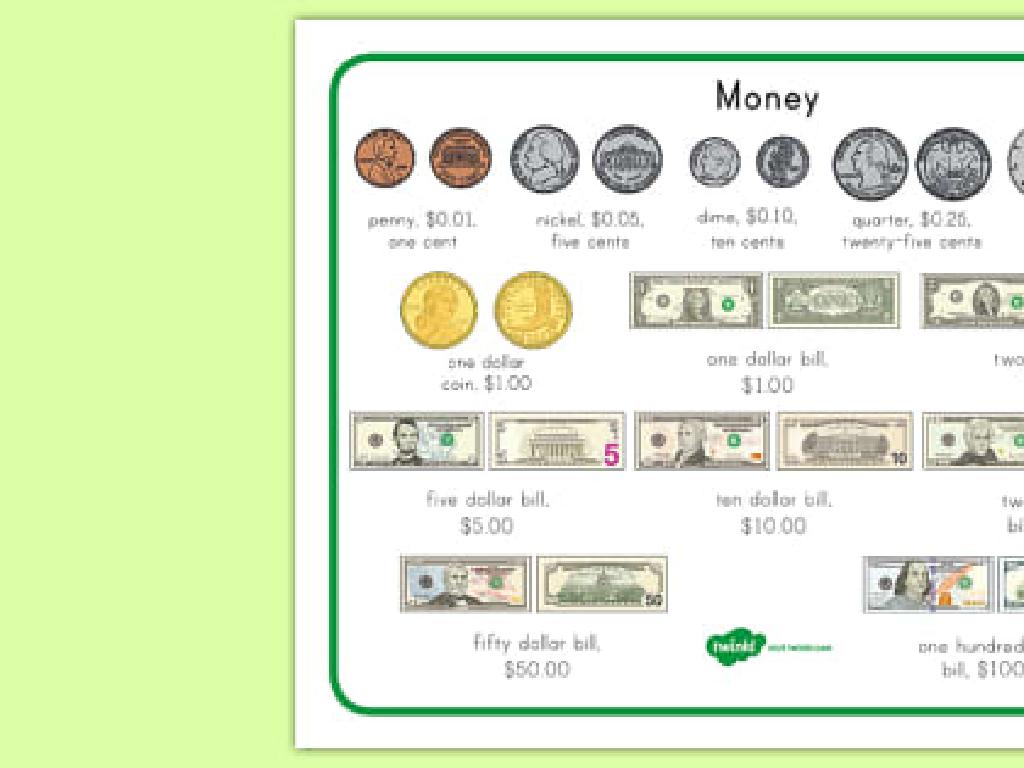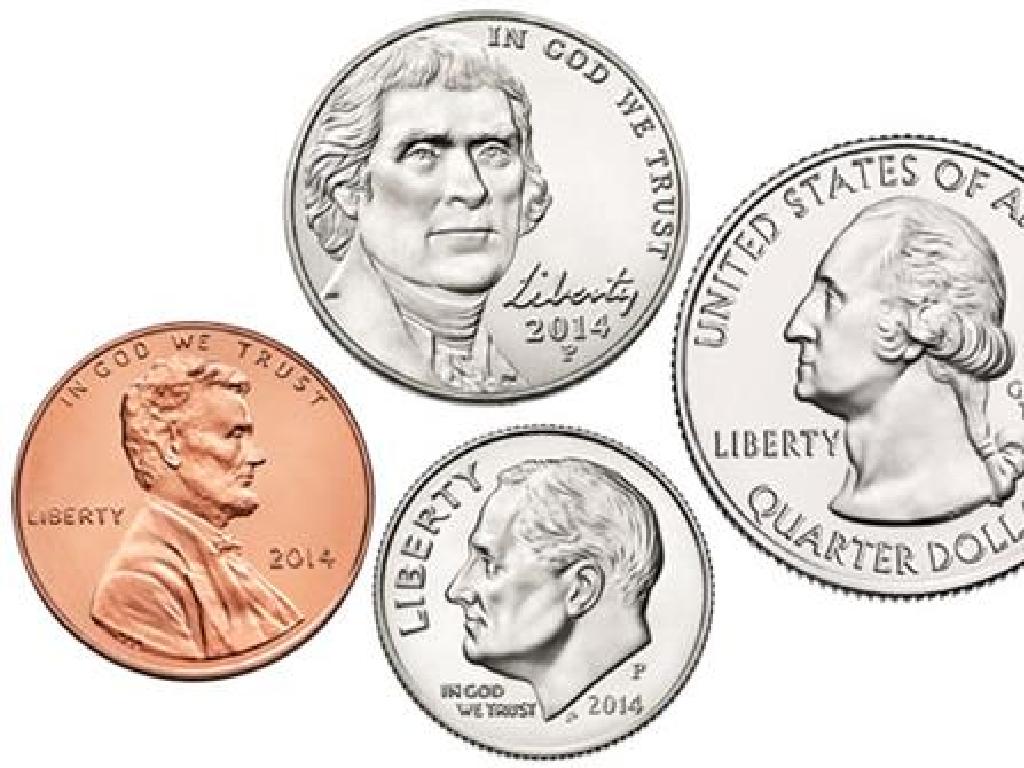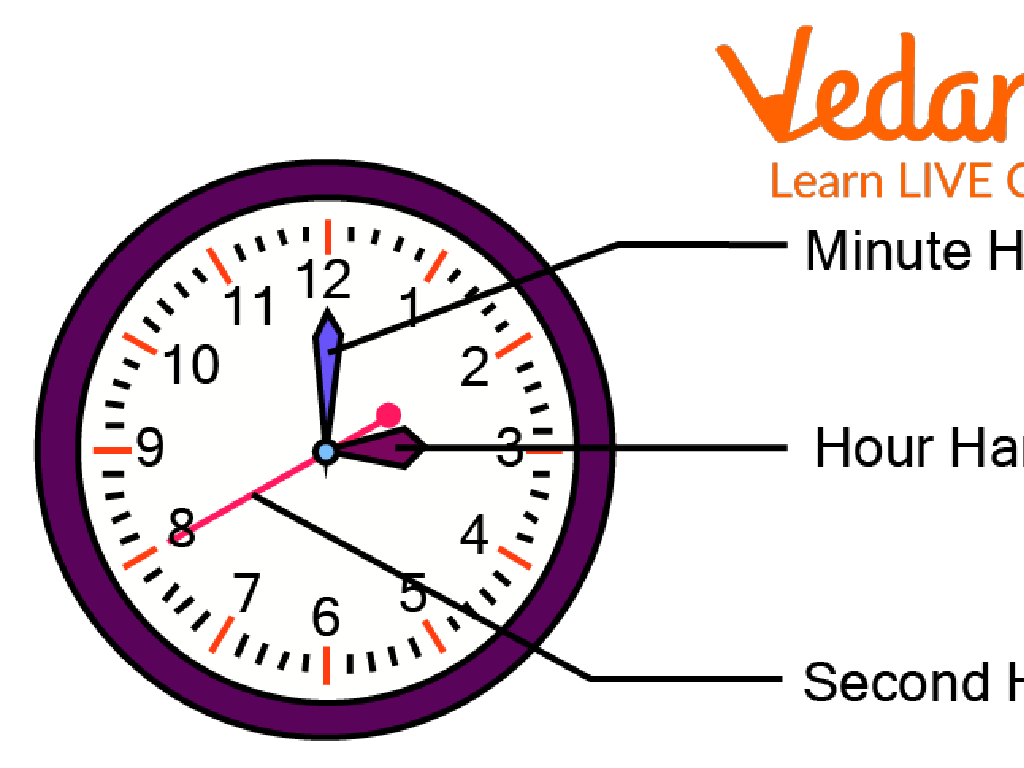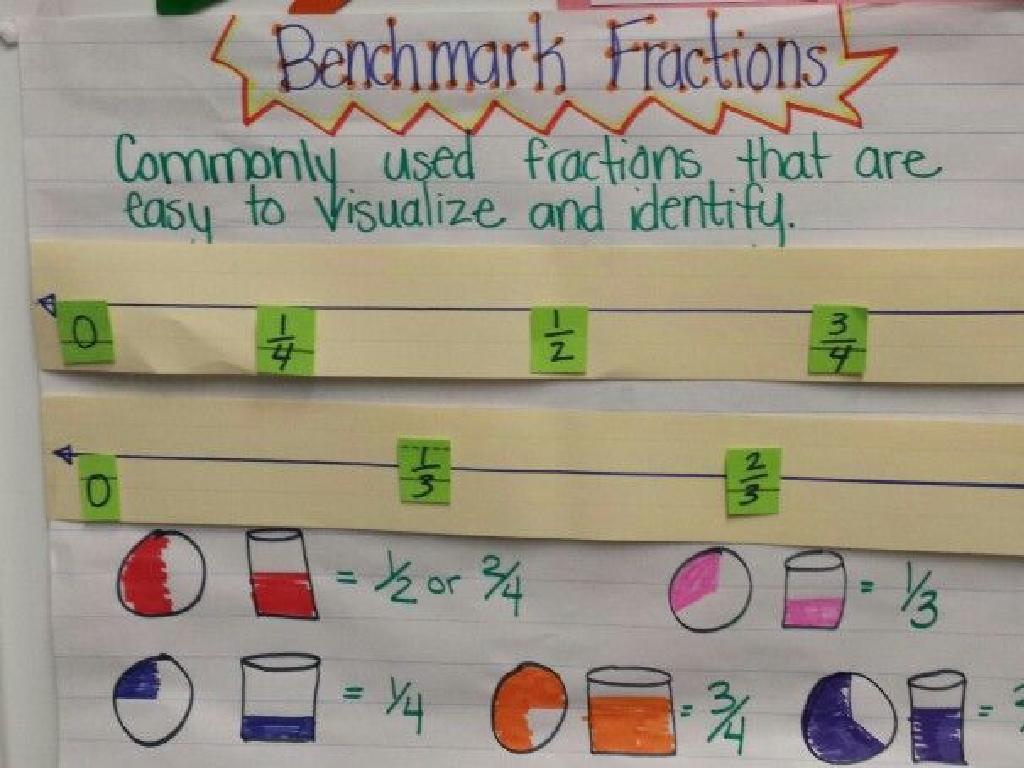Measure Length With Inch Cubes
Subject: Math
Grade: Second grade
Topic: Customary Units Of Length
Please LOG IN to download the presentation. Access is available to registered users only.
View More Content
Exploring Length with Inch Cubes
– What is length?
– Length tells us how long something is.
– Importance of measuring length
– Helps us compare and describe objects.
– Inches, feet, and yards
– Smaller to larger: 12 inches in a foot, 3 feet in a yard.
– Using inch cubes to measure
– Inch cubes are tools to measure the length of objects.
|
Begin the lesson by explaining the concept of length as a measure from one end of an object to the other. Emphasize why measuring length is crucial in everyday life, such as in building, sewing, or comparing heights. Introduce inches, feet, and yards as units of measurement in the customary system, with simple conversions between them. Demonstrate how to use inch cubes to measure objects by lining them up end to end without gaps or overlaps. This hands-on activity will help students visualize the measurement process and understand the size of an inch, which is foundational for understanding feet and yards.
Understanding Inches
– What is an inch?
– An inch is a small unit used to measure length.
– Measuring with inches
– Use inch cubes to find out how long objects are.
– Real-life inch examples
– A paperclip or a thumbtack is roughly an inch.
– Practice measuring
|
This slide introduces the concept of measuring length using inches, which is a fundamental unit in the customary system of measurement. Start by explaining what an inch is and show its approximate size using a ruler. Demonstrate how to use inch cubes to measure the length of various objects. Provide real-life examples of items that are about an inch long to help students visualize the size. Finally, encourage students to practice measuring items around the classroom or at home using inch cubes to reinforce the concept.
Hands-On Practice: Measuring with Inch Cubes
– Learn to measure with inch cubes
– Understand one cube equals one inch
– Each small cube is equal to one inch of length
– Stack cubes to measure objects
– Place cubes end-to-end without gaps or overlaps
– Practice measuring items around you
– Find objects like a pencil, book, or shoe to measure
|
This slide is designed for a hands-on activity where second-grade students will practice measuring objects using inch cubes. Emphasize that each cube represents one inch and show them how to stack the cubes end to end alongside the length of an object. Make sure they understand not to leave gaps or overlap the cubes for accurate measurement. Provide a variety of classroom items for the students to measure. Suggested activities: 1) Measure the length of a pencil. 2) Compare the length of two different books. 3) Measure their own foot with cubes. 4) Find an object that measures exactly 10 cubes long. This will help students grasp the concept of length and the use of customary units of measurement.
Measuring with Inch Cubes
– Align cubes with object edge
– Place cubes end-to-end along the edge without gaps or overlaps.
– Count cubes for object’s length
– Each cube represents one inch; add up the total to find the length.
– Practice: Measure a pencil
– Use inch cubes to measure the length of your pencil.
– Record your measurement
– Write down the number of cubes that fit along the length of your pencil.
|
This slide introduces students to the concept of measuring length using inch cubes. Start by demonstrating how to align the cubes correctly along the edge of an object, ensuring they are placed end-to-end without any gaps or overlaps. Explain that each cube represents an inch and show how to count them to determine the total length of the object. For the practice activity, have students measure their pencils using inch cubes and record the measurement. This hands-on activity will help solidify their understanding of measuring length and the use of customary units. Provide guidance and ensure that each student is able to perform the task correctly. Discuss the importance of precision in measurement.
Comparing Lengths with Inch Cubes
– Understanding longer and shorter
– Measure with inch cubes
– Use inch cubes to measure objects
– Compare lengths of objects
– Place cubes along objects to see which is longer
– Class activity: Length hunt
– Find and measure items in the classroom
|
This slide introduces the concept of comparing lengths using inch cubes, a practical tool for visualizing and measuring objects. Start by explaining what it means for one object to be longer or shorter than another. Demonstrate how to use inch cubes to measure the length of various objects by aligning the cubes end to end along the edge of the item. For the class activity, students will search the classroom for items to measure and compare. Provide guidance on how to accurately place the cubes and record their findings. Encourage students to discuss their results with classmates. Possible activities include measuring books, pencils, or pieces of string. This hands-on experience reinforces their understanding of measurement and comparison.
Estimating Lengths in Inches
– Understanding estimation
– Estimation is a smart guess of a number
– Guess lengths in inches
– Look at an object and guess its length
– Measure with inch cubes
– Use inch cubes to find the real length
– Compare estimates and actual
– See how close your guess was to the real size
|
This slide introduces the concept of estimation, which is an important skill in measurement. Start by explaining that estimation is like making a smart guess about something’s size or length. Encourage students to make guesses about the lengths of various objects in inches before they actually measure them. Provide inch cubes for hands-on practice, allowing students to align the cubes end to end along the length of an object. After measuring, students should compare their estimations to the actual measurements to understand how close they were. This activity will help them develop a better sense of size and improve their estimation skills.
Review: Measuring with Inch Cubes
– Recap on inches
– An inch is a small unit of length.
– Purpose of measuring in inches
– Inches are used for smaller objects, like a pencil or a book.
– Worksheet: Measuring lines
– Use inch cubes to find the length of lines on your worksheet.
|
This slide is aimed at reviewing the concept of measuring lengths using inch cubes. Start by asking students what they remember about inches and why it’s important to measure objects. Discuss the practicality of using inches for small objects and everyday measurements. The worksheet activity should involve lines of different lengths printed on a sheet where students will place inch cubes along the lines to measure their length. This hands-on activity reinforces their understanding of inch as a unit of measurement and how to apply it. For the activity, ensure students have a variety of lines to measure and encourage them to double-check their measurements. Discuss the results as a class to ensure understanding.
Class Activity: Measuring with Inch Cubes
– Be the measurer with inch cubes
– Measure various classroom objects
– Record your findings
– Write down the object’s name and how many cubes long it is
– Share measurements with classmates
– Discuss how different objects compare in size
|
This activity is designed to give students hands-on experience with measuring objects using inch cubes. Provide each student with a set of inch cubes and ask them to measure different items around the classroom, such as a book, a pencil, or a desk. Encourage them to carefully align the cubes end-to-end without gaps or overlaps for accurate measurement. Have them write down their measurements and then share with the class to practice their communication skills and to understand how objects can be compared based on length. Possible variations of the activity could include measuring the same object with different units (like paperclips vs. inch cubes), estimating lengths before measuring, or finding objects that measure a specific number of cubes.
Conclusion: The Importance of Measurement
– Celebrate measuring success
– Importance of accurate measurement
– Accurate measurement is crucial for fitting, building, and cooking.
– Discuss daily life measurements
– Measuring ingredients, comparing heights, or making crafts.
– Reflect on measurement skills
– Think about how you measured with the inch cubes today.
|
As we wrap up today’s lesson on measuring with inch cubes, it’s important to reflect on the skills learned. Accurate measurement is essential in many aspects of life, from cooking to construction. Engage the class in a discussion about how they use measurement in their daily lives, such as in cooking recipes or determining if a new bookshelf will fit in their room. Encourage them to share their experiences and understand that the skills they’ve practiced today with inch cubes are the building blocks for many real-world applications. This reflection will help solidify their understanding of the concept and its relevance.






